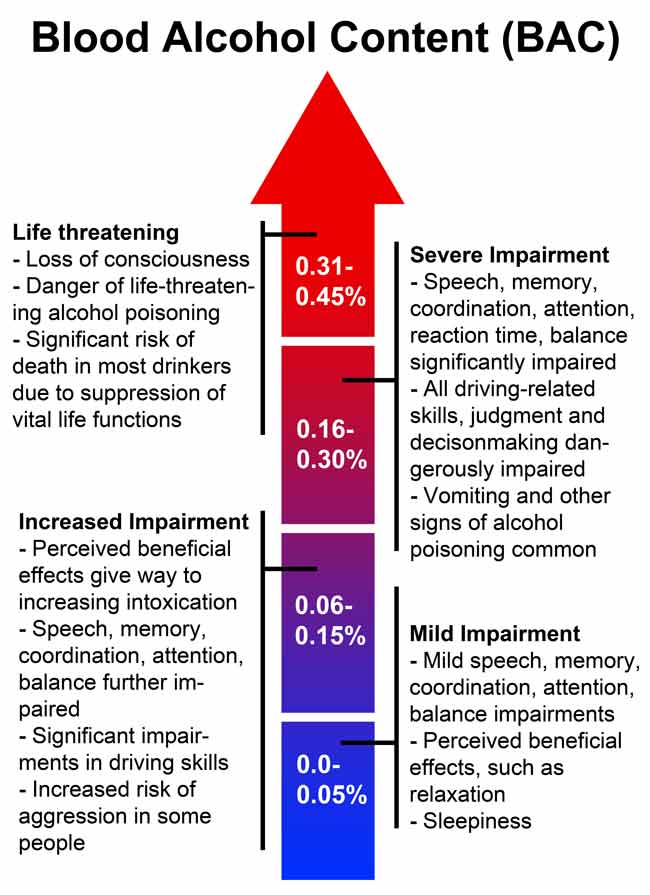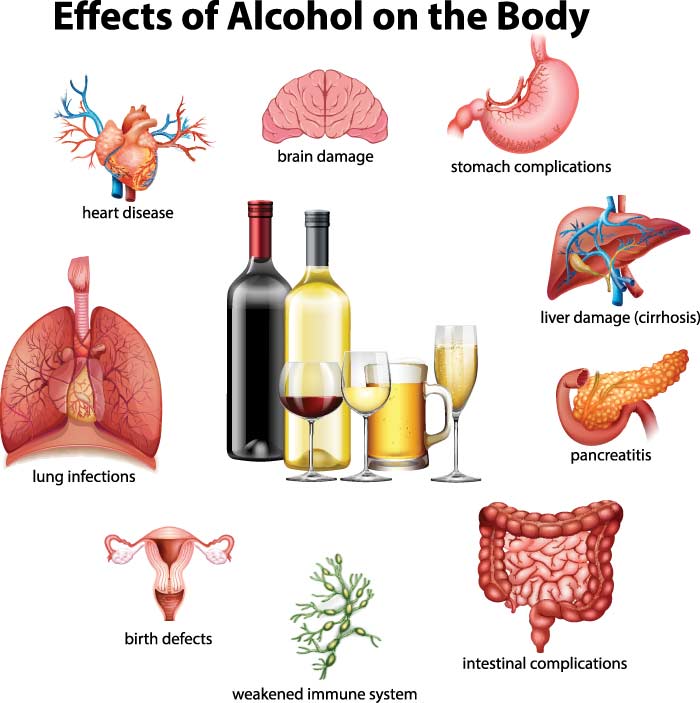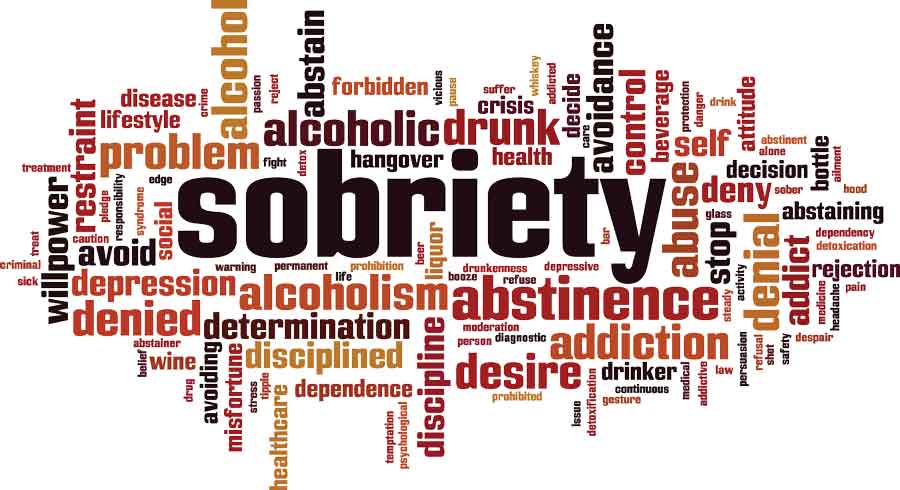
Over 95,000 deaths occur each year from excessive alcohol use. Excessive alcohol use, as defined by the Centers for Disease Control, consists of either binge drinking (drinking 5 or more drinks on an occasion for men or 4 or more drinks on an occasion for women in the past 30 days) or heavy drinking (drinking 15 or more drinks per week for men or 8 or more drinks per week for women). Binge drinking has also been recognized as a type of alcohol consumption that brings an individual’s blood alcohol concentration to 0.08 g/dl or higher-the legal measure of alcohol intoxication.”

Binge drinking occurs most commonly among young male adults age 18 to 34. Binge drinkers have an increased risk of car crashes, alcohol poisoning, and violence. Alcohol-related car crashes account for 31% of all driving fatalities.

Prevention includes consistently enforcing laws against underage drinking and alcohol-impaired operation of a vehicle, as well as holding alcohol-related retail merchants responsible for the harms caused by illegal alcohol sales to minors or intoxicated patrons (dram shop liability).
As impactful as binge drinking has become, heavy drinking can also have detrimental consequences. Heavy drinking has been linked to liver disease, pancreatitis, cancer, ulcers, and gastrointestinal problems, immune system dysfunction, and brain damage, to name a few.

The liver, in particular, is at risk because it is the organ responsible for metabolizing ingested alcohol. Specifically, the liver metabolizes alcohol into acetaldehyde, a chemical that is toxic and potentially cancer-causing. As damage to the liver increases, the liver may later become unable to process toxins both from alcohol and/or other ingested substances.

Because heavy drinking is often associated with denial, treatment is initiated by first recognizing and acknowledging a problem. After that, many treatment options exist.

Alcohol and its negative effects have likely touched everyone’s lives in one way or another. Awareness and education are the first steps in catalyzing change and preventing adverse outcomes.
Dr. John, Esq. is both an attorney and a physician. Before obtaining his law degree, Dr. John Naranja practiced for approximately 12 years as an orthopedic surgeon.
